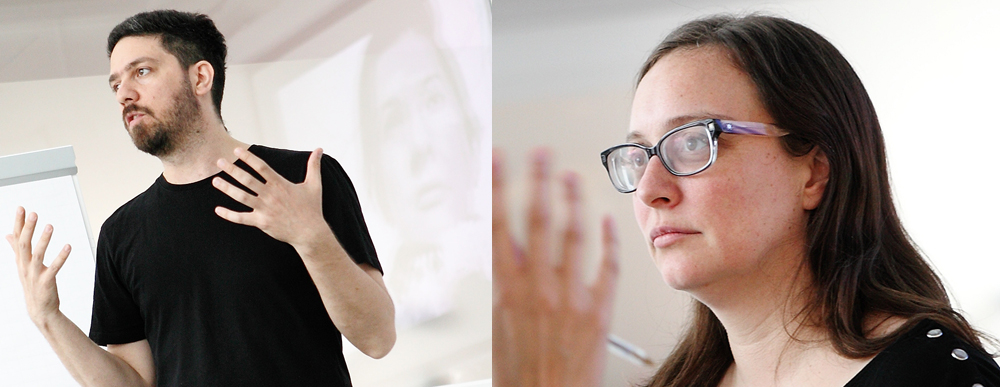Artistic interventions have been turned into something of a fetish in artistic circles and institutions. Even the best intentions from artists, organizers, and curators often end up absorbing the radical histories and potentials of past actions and interventions within and outside the sphere of culture. By virtue of the “artistic” moniker, institutions and organizations often neutralize the idea of an intervention, extricating it from its situated environment in politically informed civil life. The idea that an intervention can be performed within the boundaries of the art industries as an action exogenous to the space, people, or conflict intervened in is thus normalized. In these circumstances the political itself is sanitized and the action appropriated for nothing more than a cynically calculated move to be used in an artistic, curatorial or institutional CV.
Separations
What makes them cynical, what divorces the intervention from its potency, is related to a number of factors. One, interventions are often staged within cultural organizations that make use of the energetics of political rhetoric but do not engage in self-questioning of the material reality in which they are embedded: the art industries and its markets. This is ironic if we take into account to what extent different Marxist approaches are used to justify the necessity of a so-called socially and politically engaged art that criticizes a capitalist mode of production in the field.
For example, an exhibition that proposes to look at the ideas communism in an institution that employs young people as interns without pay.*1 *(1)
If the intention for facilitating spaces for intervention is informed by a desire to engage in social critique and transformation this cannot happen disengaged from the critique of injustices that take place in the field of art itself: a field based on the appropriation and capitalization of work and ideas.
Two, interventions as they are showcased in exhibitions and conversations in the cultural sector, are often instigated by those affiliated within the privatized space of the creative class, in contexts in which they have no long-term affiliation (or even interest) with the struggles that are presented. For example, an exhibition or talk about interventions in the environmental industry that is shown for a very short time in an institution that has no interest or involvement with the environmental movement before or after that project. Or, in cases where these struggles are a part of institutional life, they are so at the hands of education or engagement officers—who in the enactment of institutional hierarchies—are often left out of these more spectacular moments. Beyond disengagement or sheer disinterest, such institutions and event attendees are complicit in a diversity of actions that actually harm communities. Examples of this can be found in the gentrification produced by artists, art students and recent graduates and the degree to which “socially engaged” art can be complicit in city policies of displacement and policing. See, for example, the London group Southwalk notes for their work on the role of art in the gentrification of a London neighborhood. While discussions of this complicity are common in cultural institutions, discussions of what these same institutions could do otherwise are less so.
A third way in which culturally staged interventions can have a neutralizing effect is through the mode of subjectivation produced by the arts, which valorizes individuality, signature, and competition, which often run counter to the projects of social justice in whose name interventions are staged. The fact that there is a feeling of stale inevitability to all of this is a ubiquitous excuse for not acting against the flow and the impulse to compete and prevail in this atomized and eroding cultural environment.
Janna Graham, Nicolas Vass ( 2014): Intervention / Art. In: p/art/icipate – Kultur aktiv gestalten # 05 , https://www.p-art-icipate.net/intervention-art/



 Artikel drucken
Artikel drucken